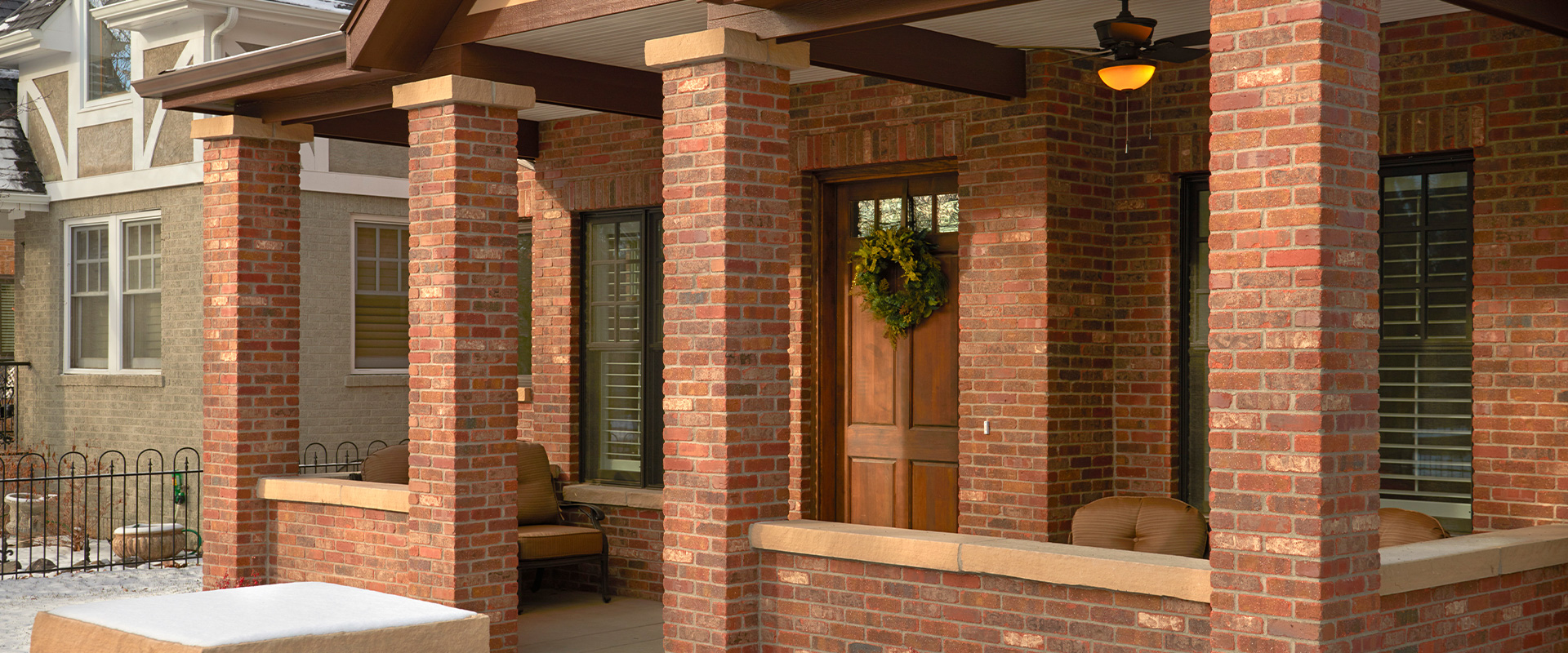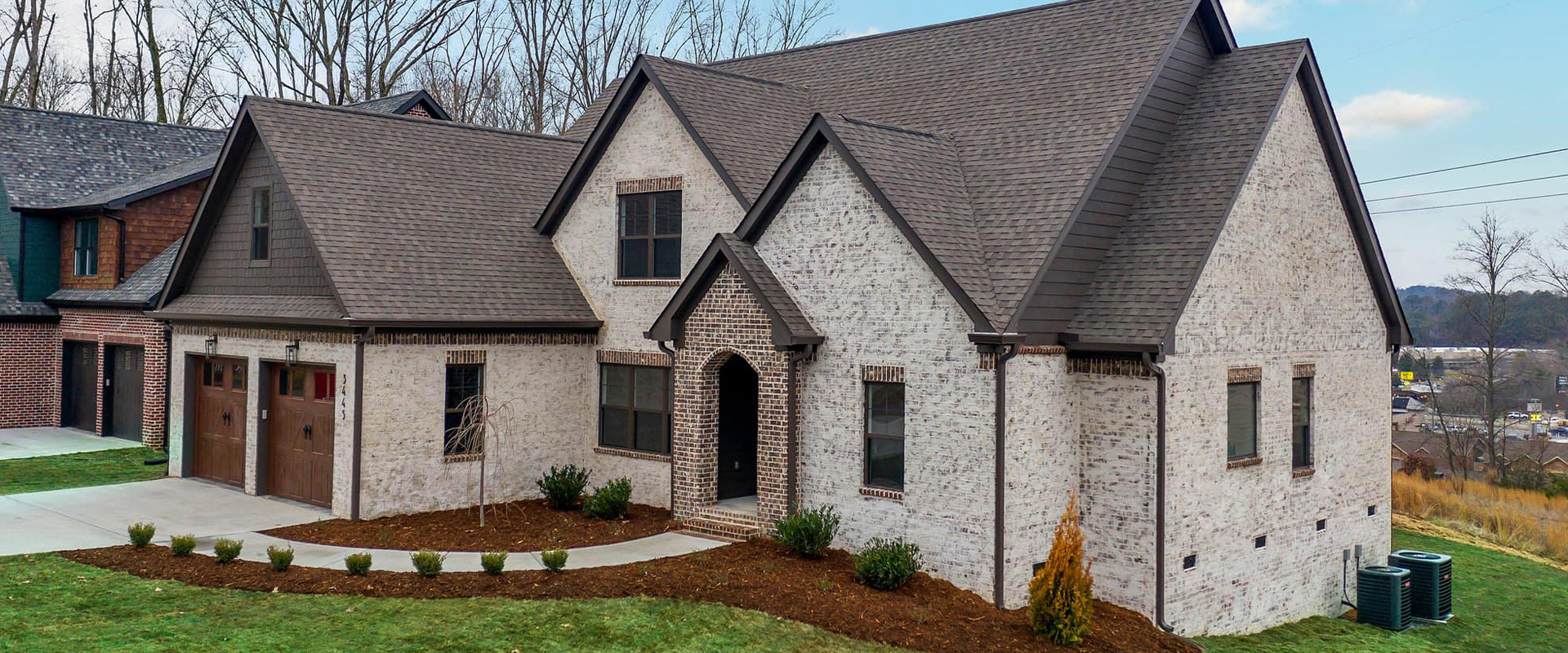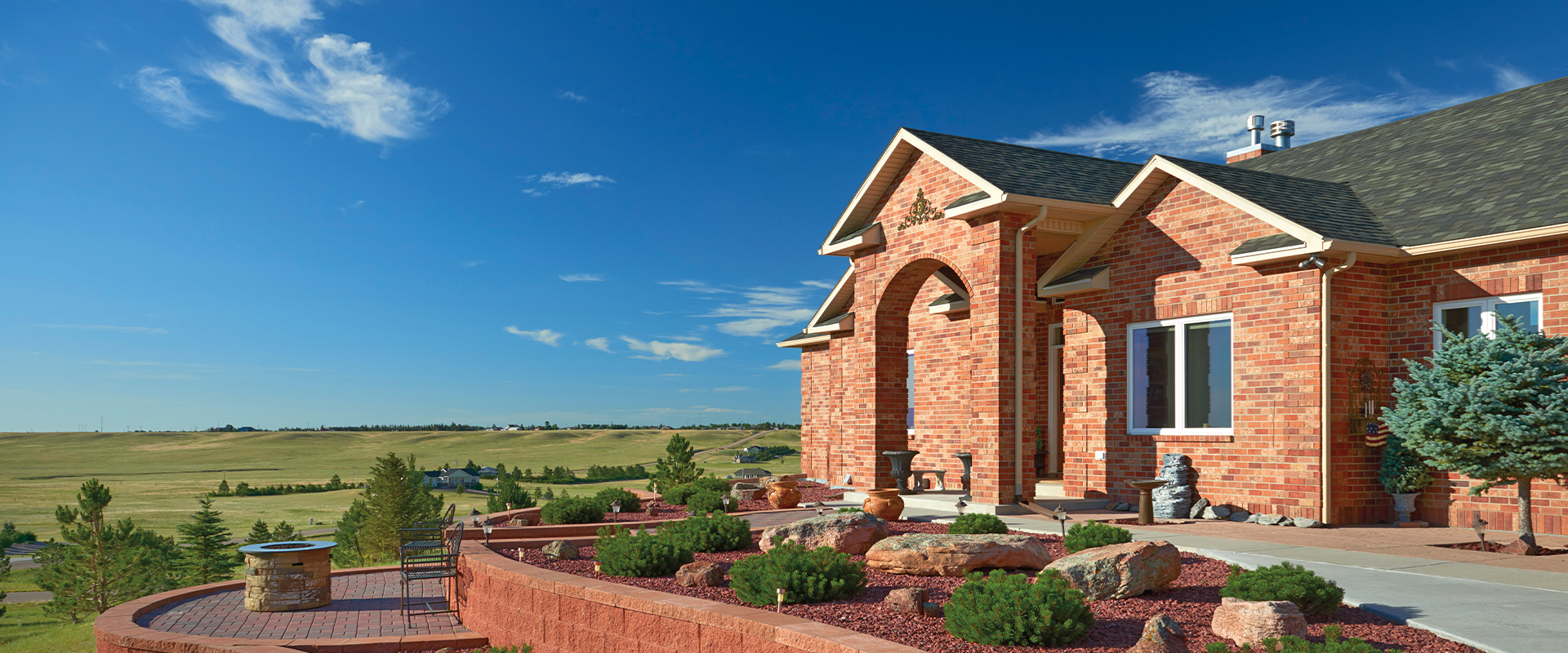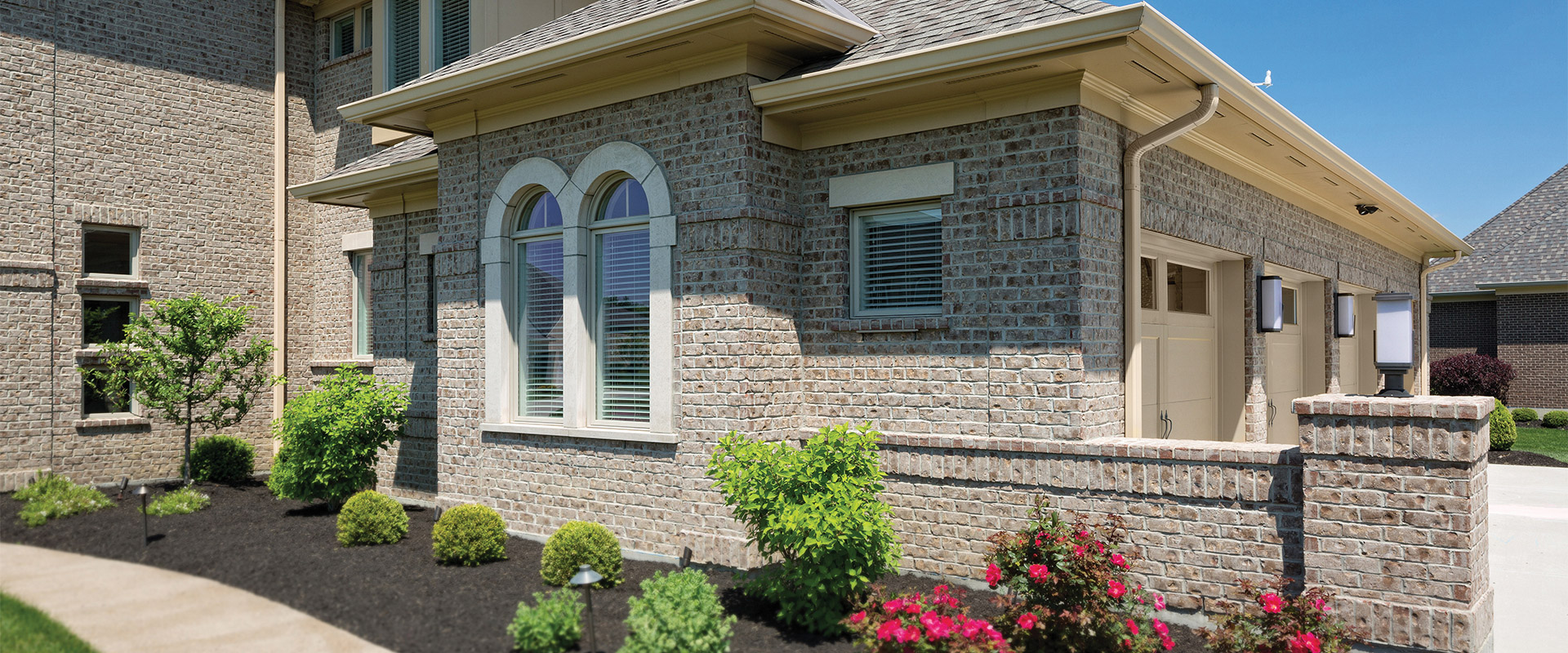Brick vs Vinyl Siding
NEW! "Brick vs Vinyl Siding" Video
Learn more about “Brick vs Vinyl Siding” in our latest video added to the “Brick vs Other Materials” series on our YouTube channel.
Scroll below to learn more about the facts of “Brick vs Vinyl Siding” and how affordable it actually is to install brick on your home vs vinyl.
NEW! "Brick vs Vinyl Siding" Video
Learn more about “Brick vs Vinyl Siding” in our latest video added to the “Brick vs Other Materials” series on our YouTube channel.
Scroll below to learn more about the facts of “Brick vs Vinyl Siding” and how affordable it actually is to install brick on your home vs vinyl.
Brick vs. Vinyl Siding — Which is Better for My Home?
Brick vs. Vinyl Siding Which is Better for My Home?
In today’s market, there is no denying that Vinyl Siding has a budget, or “sticker price” appeal when building your new home. Vinyl’s easy to install method makes it a simple choice for homeowners who need to make a quick fix while also offering products in many different colors and design styles. But is plastic vinyl really a long-term investment in your home?
Choosing vinyl over natural clay brick is making a choice for long-term maintenance, higher energy bills, less sustainability and less safety for your family and or customers.
Let’s take a closer look when comparing natural clay brick vs vinyl for your next project.
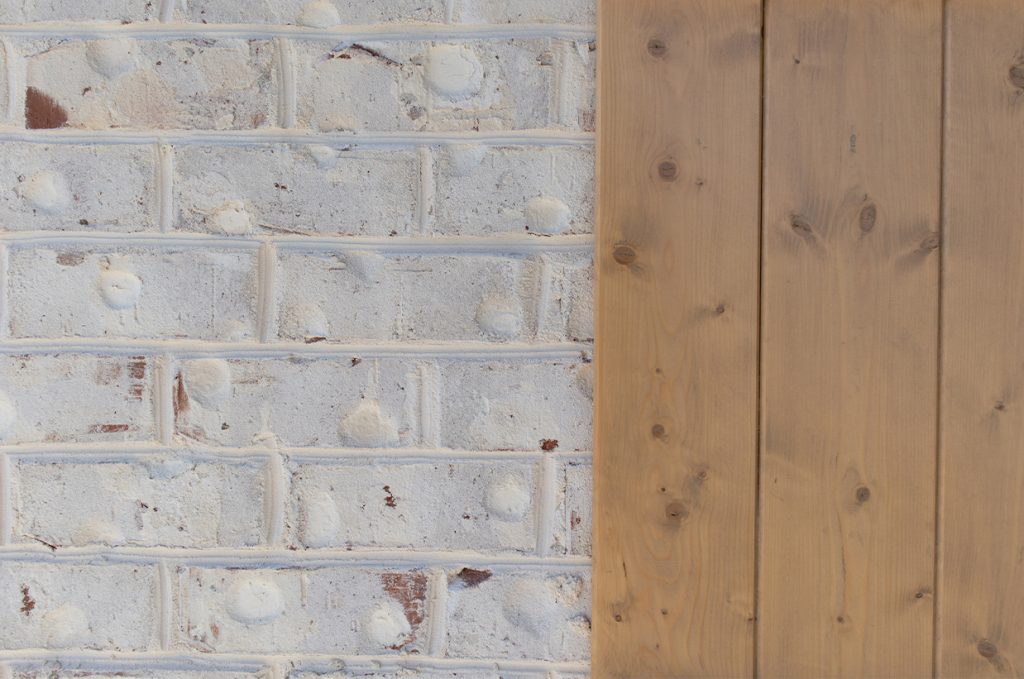
Value

When you take into consideration little to no maintenance, long life expectancy, lower energy costs, safety and higher resale values, the comparison between brick and vinyl are no match. The “sticker price” cost to build with vinyl may look appealing upfront, but when you consider official housing research, homeowners who build with clay brick vs vinyl end up only paying LESS THAN $50 more per month over a 30 fixed rate mortgage. Again, considering vinyl’s maintenance, low durability and replacement costs, $50 is an investment that pays for itself.
When you take into consideration little to no maintenance, long life expectancy, lower energy costs, safety and higher resale values, the comparison between brick and vinyl are no match. The “sticker price” cost to build with vinyl may look appealing upfront, but when you consider official housing research, homeowners who build with clay brick vs vinyl end up only paying LESS THAN $50 more per month over a 30 fixed rate mortgage. Again, considering vinyl’s maintenance, low durability and replacement costs, $50 is an investment that pays for itself.

Durability and Longevity

Unlike other cladding materials, brick is extremely durable. In fact, the National Institute for Standards and Technology (NIST) designated the lifespan of brick masonry at 100 years. Vinyl on the other hand has an average life expectancy around 25 years and will need to be replaced to maintain that same new home look you started with. Not to mention, vinyl is easily susceptible to warping, fading, dents, gashes and other damage caused by some of the most common weather conditions.
Durability and Longevity
Unlike other cladding materials, brick is extremely durable. In fact, the National Institute for Standards and Technology (NIST) designated the lifespan of brick masonry at 100 years. Vinyl on the other hand has an average life expectancy around 25 years and will need to be replaced to maintain that same new home look you started with. Not to mention, vinyl is easily susceptible to warping, fading, dents, gashes and other damage caused by some of the most common weather conditions.

Brick on the other hand is naturally weather resistant and can withstand hot or cold climates. Due to its thickness and strength, brick can also with high winds and debris from penetrating your home, otherwise causing a dangerous situation for you and your family. The same cannot be said for vinyl.
Watch this short comparison clip here from a study at Clemson University to see the difference.
Brick on the other hand is naturally weather resistant and can withstand hot or cold climates. Due to its thickness and strength, brick can also with high winds and debris from penetrating your home, otherwise causing a dangerous situation for you and your family. The same cannot be said for vinyl.
Watch this short comparison clip here from a study at Clemson University to see the difference.
Safety
As we call can see, vinyl’s ability to be penetrated and damaged brings its ability to provide safety for your home into question. Beyond common weather, heat is vinyl’s greatest enemy. Fire testing and research completed by the Brick Industry Association showed that when both vinyl and brick are exposed to fire, vinyl succumbed after only eight minutes while natural clay brick withstood the flames for more than one hour.
Bricks ability to remain fire-resistant and impact-resistant from wind-borne debris makes it a superior safety choice when protecting your home and family.
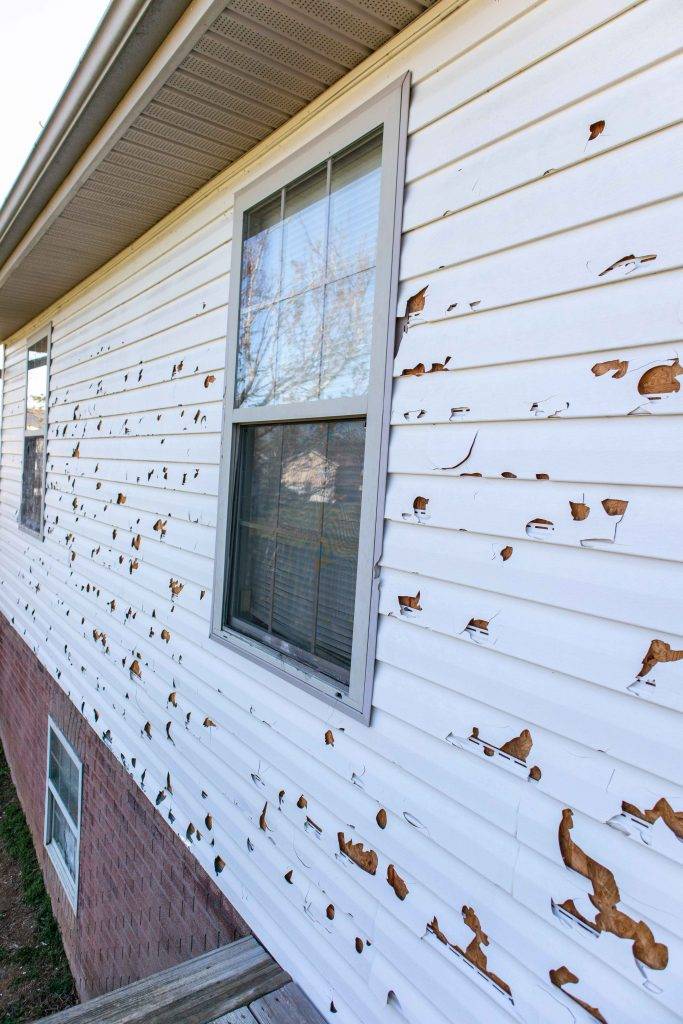
Safety
As we call can see, vinyl’s ability to be penetrated and damaged brings its ability to provide safety for your home into question. Beyond common weather, heat is vinyl’s greatest enemy. Fire testing and research completed by the Brick Industry Association showed that when both vinyl and brick are exposed to fire, vinyl succumbed after only eight minutes while natural clay brick withstood the flames for more than one hour.
Bricks ability to remain fire-resistant and impact-resistant from wind-borne debris makes it a superior safety choice when protecting your home and family.

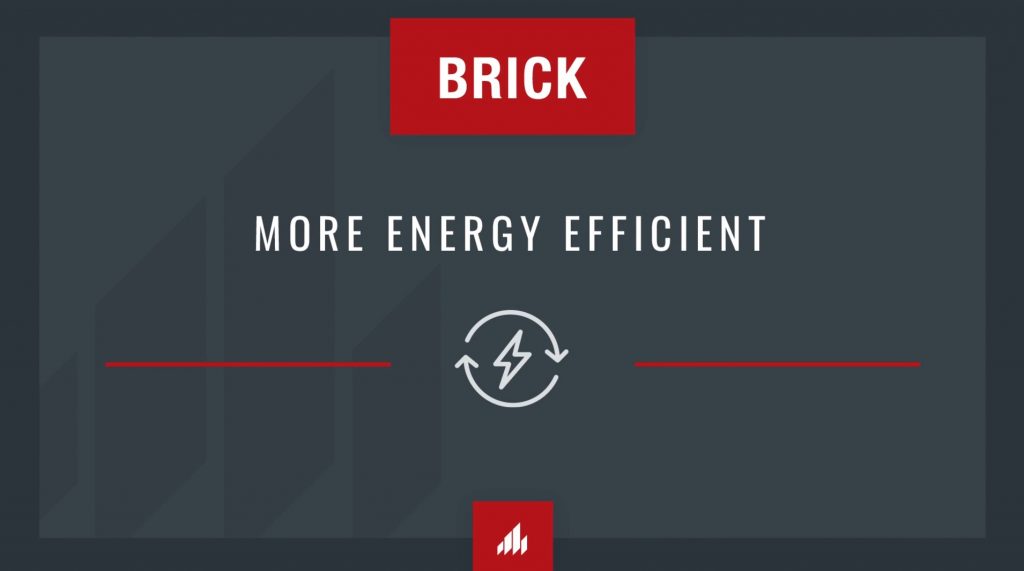

Energy Efficiency
Brick has the natural ability to absorb, retain and release heat when temperatures rise and fall, resulting in less energy required to heat and cool homes. The brick’s thermal mass properties are the reasons why these superior qualities that have been prized as a building material for centuries.
Thermal mass is the ability of a heavy, dense material to store heat and then slowly release it. For homeowners, this means that during the summer months, a brick home stays cool during the hottest part of the day. During the winter, brick walls store heat and radiate it back. Vinyl, aluminum, wood or EIFS (artificial stucco) are all thin, light building materials that do not have good thermal mass properties, resulting in higher energy cost in both hot and cold seasons.
Energy Efficiency
Brick has the natural ability to absorb, retain and release heat when temperatures rise and fall, resulting in less energy required to heat and cool homes. The brick’s thermal mass properties are the reasons why these superior qualities that have been prized as a building material for centuries.
Thermal mass is the ability of a heavy, dense material to store heat and then slowly release it. For homeowners, this means that during the summer months, a brick home stays cool during the hottest part of the day. During the winter, brick walls store heat and radiate it back. Vinyl, aluminum, wood or EIFS (artificial stucco) are all thin, light building materials that do not have good thermal mass properties, resulting in higher energy cost in both hot and cold seasons.


Maintenance
Annual washing is recommended for vinyl siding to prevent dirt and grime from building up and causing mold and mildew stains. Not to mention, when siding inevitably warps, fades its color, cracks or is broken by general weathering, damaged pieces can be easily replaced but color matching may not be exact.
Brick on the other hand requires little to no maintenance and as it naturally absorbs and expels water after a rain, brick stays looking fresh for decades.
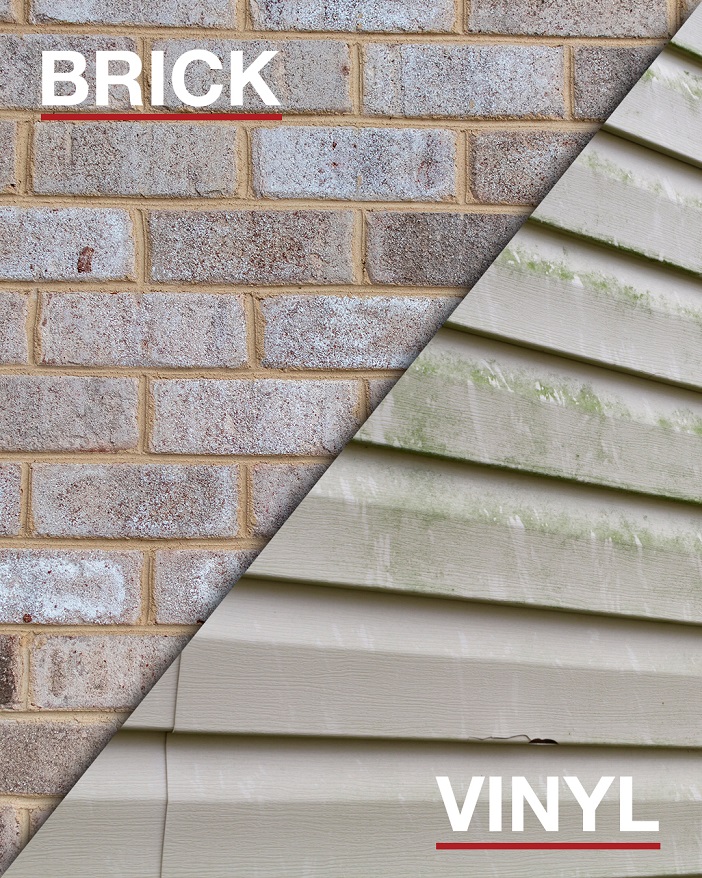
Maintenance
Annual washing is recommended for vinyl siding to prevent dirt and grime from building up and causing mold and mildew stains. Not to mention, when siding inevitably warps, fades its color, cracks or is broken by general weathering, damaged pieces can be easily replaced but color matching may not be exact.
Brick on the other hand requires little to no maintenance and as it naturally absorbs and expels water after a rain, brick stays looking fresh for decades.
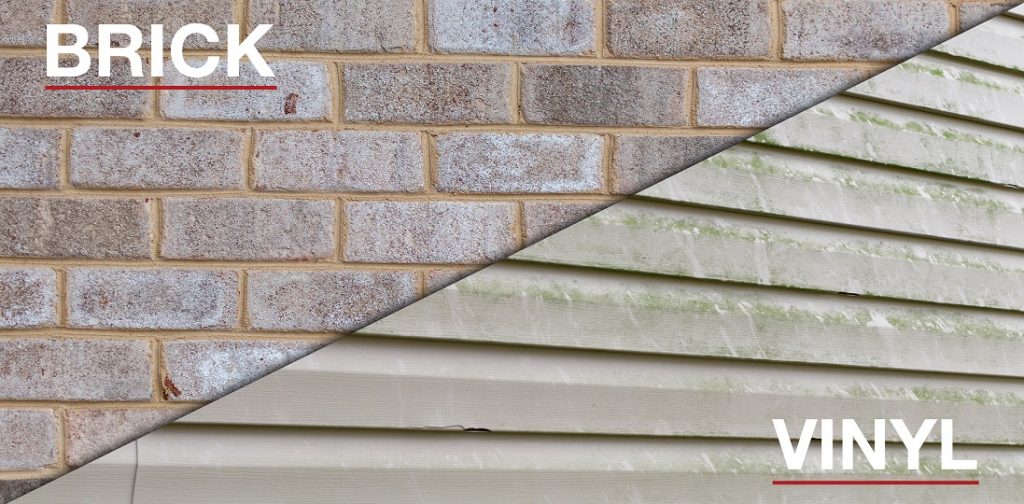
Sustainability
Protecting the environment is at the core of General Shale’s culture. Brick is made from one of the earth’s most abundant materials and requires virtually no maintenance. Genuine clay brick is the most sustainable, green building material made on the market. Because of the product’s renowned durability, reclaimed (or recycled) bricks are commonly used in new construction for an authentic look and feel. While other building materials can be melted down, reshaped or repurposed in some way, no material other than brick can be utilized for more than 100 years, taken down and reused as-is, just as it was originally designed. Unlike brick cladding, there is no record of plastic vinyl siding being refurbished or reused.
Unfortunately, vinyl is not an environmentally friendly option when it comes to selecting siding. The primary component of most vinyl siding is polyvinyl chloride (PVC), a derivative of petroleum and salt. Environmental concerns about the use of products made with PVC primarily focus on two materials: chlorine, used as a raw material in PVC production, and dioxin, a toxic by-product of manufacturing processes involving chlorine. Additionally, the same components that make vinyl so durable also survive in landfills for decades.
Direct Comparison
When comparing natural clay brick to vinyl siding, brick is the obvious choice for homeowners seeking beauty, curb appeal, durability, safety, low maintenance and higher home values. The choice is yours — save up-front with a low-cost building material like vinyl siding that requires regular maintenance and repairs, or select a durable, natural design element that endures the test of time.
CONTACT US TODAY FOR BRICK ESTIMATES
- info@generalshale.com
CONTACT US TODAY FOR BRICK ESTIMATES
- info@generalshale.com


